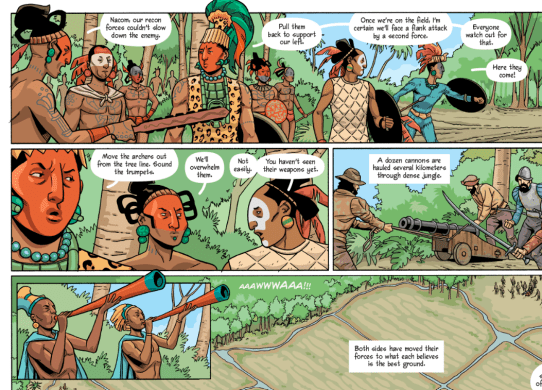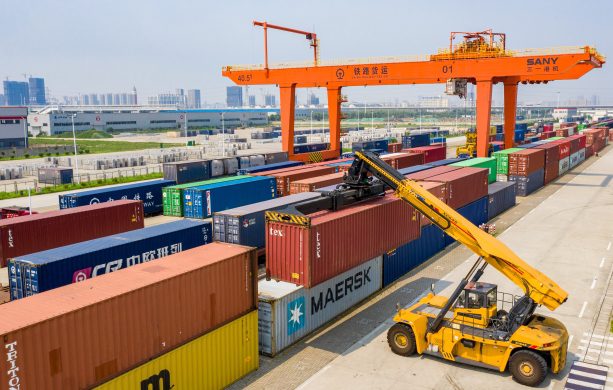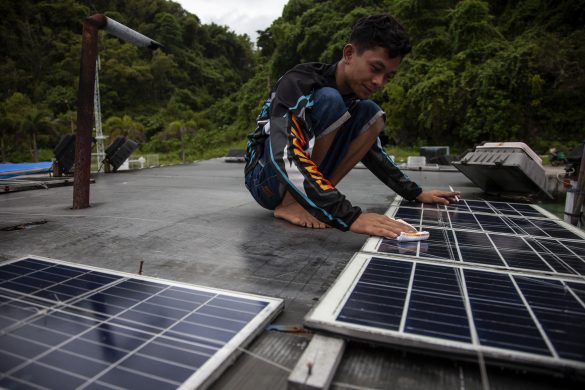More than 90 development experts on community-driven development (CDD) from 14 countries across the Asia and the Pacific regions gathered in the mountainous town of Sapa in Vietnam in June for a third regional conference on CDD to exchange experiences and deepen learning about how CDD can be used to empower communities—including vulnerable ethnic minorities and women—and improve development impacts.
“Empowering women, especially ethnic minority women, is one of the achievements of the project that I feel most proud of,” said Nguyen Thi Minh Nghia, Deputy Director of the Northern Mountainous Poverty Reduction Project (NMPRP II) management unit.
Nghia shared the story of Lo Thi Me, a 31-year-old H’Mong woman, who traveled to Hanoi to join in a discussion with World Bank President Jim Yong Kim.
Me told President Kim about her life and her village in the remote province of Lao Cai, about the brocade embroidery club that gave her a job and helped increase her income.
Nghia explained that only a few years ago, Lo Thi Me was not even allowed by her husband to venture outside of their commune or to have any say at all in family matters. Me’s life and the lives of many other ethnic minority women in the province have been transformed due to the CDD approach used in NMPRP II, which is supported by the World Bank.
Nedefra og op – ikke omvendt
“CDD is a bottom-up approach where a great deal of responsibility and authority is given to the local community and communes to analyze their problems and decide how best to use the resources given to them,” said Sean Bradley, the World Bank’s Lead Social Development Specialist.
“CDD allows villagers and ethnic minority groups themselves to decide and manage their own development activities.”
Around 1.5 million villagers have benefited from NMPRP II since it began implementation in 2011. Women make up approximately 50 percent of the members of the estimated 12,000 Common Interest Groups (CIG) supported under the project, and of these, around 5,000 CIGs are led by women.
Overall, these project beneficiaries reported an improvement of 16 percent in per capita income.
The World Bank and development partners have increasingly focused on lending to CDD programs in recent years.
The CDD approach has been used across a range of low to middle income, as well as conflict-affected, countries to address a variety of urgent needs, including water supply and sanitation, education and healthcare, post-conflict reconstruction, nutrition programs for mothers and infants, rural access roads, and support for micro-enterprises.
The World Bank has 60 active projects worth approximately 9.8 billion dollar in 15 countries in South Asia, East Asia, and the Pacific.
Many of the CDD programs began as small stand-alone operations that have gradually expanded to national coverage and have become part of formal national decentralization strategies.
Læs videre på
http://www.worldbank.org/en/news/feature/2016/08/24/strengthening-community-driven-development-in-east-asia-south-asia-and-the-pacific














